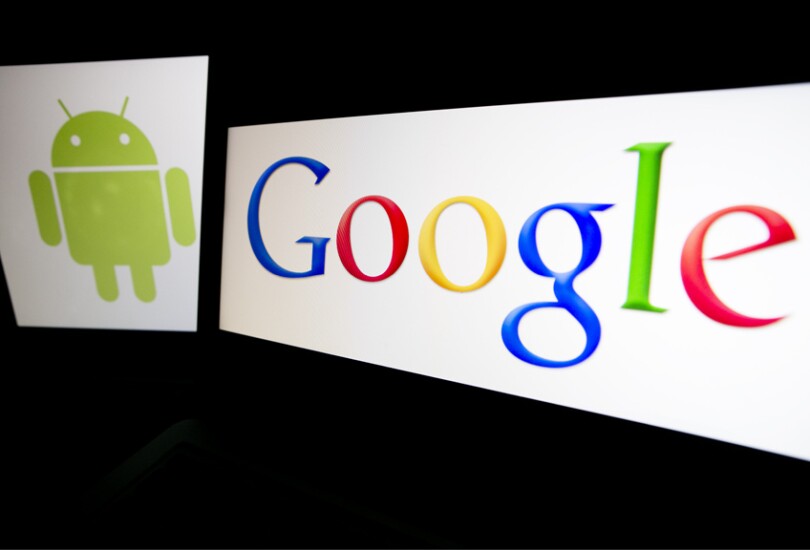Want unlimited access to top ideas and insights?
As technology evolves, payment capabilities become more deeply embedded, becoming practically invisible to the end user. This concept works already in specific use cases such as Uber, and many companies have yearned to implement a hands-free payment experience for all of retail.












